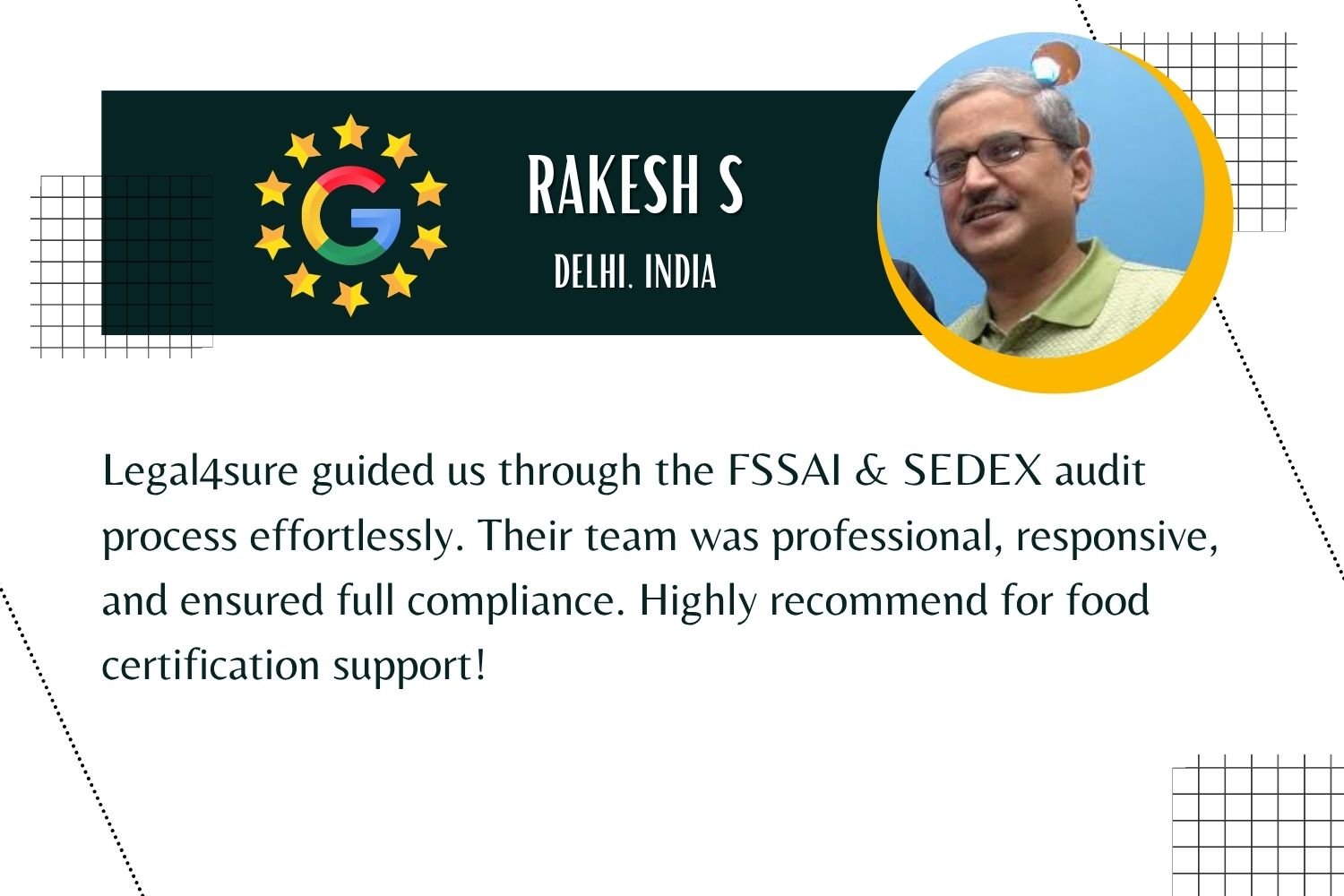Today’s imperative has shifted supply chain management from reactive check-box compliance to proactive, strategic value. Environmental, Social, and Governance (ESG) reporting now requires that verifiable data be available for Environmental, Social, and Governance (ESG) from all tiers across the value chain. Sedex/SMETA audits provide the detailed, operational evidence to meet required disclosure and verification under mandatory ESG disclosures and verification code, the Corporate Sustainability Reporting Directive and the Human Rights Due Diligence (HRDD) Legislation to comply in several nations. The integration allows companies to deliver operational audits and be strategic with their disclosures, develop measurable KPIs, and evidence HREDD and continuous improvement in multi-tier supply chains. Is your audit data viewed as a liability or a strategic ESG asset?
ESG, Sedex & SMETA 7.0 Explained: What You Really Need to Know
-
ESG Reporting Requirement:
Mandates the organization to disclose quantifiable information and data on Environmental (i.e., emissions, water, waste), Social (i.e., labor standards, human rights, grievance process), and Governance (i.e., business ethics, board access) topics and metrics that are necessary for ESG compliance assessments, such as CSRD.
-
Sedex & SMETA Audit Framework:
Sedex is an ethical supply chain data management software provider, and SMETA Audits are the onsite approach to assess ethical and social performance. All audits will be based on either Labor & Health & Safety (2-Pillar) or Labor, Health & Safety, Environment, and Business Ethics (4-Pillar).
-
SMETA 7.0 One-Module Framework:
The recently updated standard requires audits based on a management system, coupled with greater environmental assessment. This structural change allows for deeper root cause analysis and results in audit data being granular enough for incorporation into quantitative assurance-ready ESG metrics.
-
Strategic Outcome:
This integration means on-site operational evidence becomes defensible, auditable evidence to Human Rights and Environmental Due Diligence (HREDD), and converts compliance evidence from a compliance requirement to a strategic asset for corporate reporting and risk assurance.
Smart Strategy: Combining ESG and SMETA Compliance
|
SMETA Component |
ESG Pillar |
Key Metric |
Insight |
|
Labour Standards |
Social |
Working Hours, NC Closure |
Tracks workforce impact, supports Human Rights Due Diligence |
|
Health & Safety |
Social |
Accidents, Grievances |
Shows safe working conditions |
|
Environment |
Environmental |
Scope 3 Emissions, Energy/Waste |
Supports environmental reporting |
|
Business Ethics |
Governance |
NC Closure, Anti-Bribery |
Highlights governance risks |
|
Gender / Diversity |
Social |
Pay Gap, Training |
Demonstrates equity & inclusion |
|
Supplier Remediation |
All |
% NCs Closed |
Converts CAPs into ESG outcomes |
|
SAQ & Risk |
All |
Risk Prioritization |
Enables predictive, risk-based monitoring |
|
Tech Integration |
All |
Audit Trail, AI Alerts |
Centralizes data & monitoring |
Quantifying ESG Impact: Outcome-Based Metrics
Supplier Remediation Effectiveness
- Result: Demonstrated Due diligence and Minimizing Risk.
- Measure: Timeframe to remediate critical non-compliances (NCs) (e.g., forced labor) in the timeframe versus the number of identified critical NCs.
- Importance: Important to the remediation of critical risk items is Timeliness and completeness (i.e., forced labor); evidence of a management system that has operating and organizational credibility.
Overtime Violation Frequency Rate (OVFR).
- Result: Working conditions and the lived experience of labor management.
- Measure: Total hours of excessive overtime divided by total audited field working hours across the number of workers audited.
- Importance: Overtime violation frequency can indicate underlying labor issues that may recur across the entire supply base; correlate systemic trending to GRI 404 labor practices in reporting.
Grievance Mechanism Utilization Rate.
- Result: Untested measure of access and trust in remediation systems.
- Measure: Reports of the number of worker grievances divided by the total number of audited workforce/interviews.
- Importance: A Low grievance mechanisms intervention rate would signify failure of the system; a greater proportion of grievances would also be expressed in a system where more trust has been developed, establishing trust and being trustworthy.
Scope 3 Emissions Factor
- Outcome: Assesses emissions efficiency and climate impact across the supply chain.
- Calculation: Scope 3 GHG emissions from suppliers ÷ production output unit.
- Relevance: Converts emissions data, which refers to total absolute emissions, into measures that are based upon performance, to compare suppliers and to provide a means for tracking improvements in GHG emissions efficiency.
Gender Pay Gap Ratio
- Outcome: Indicates social justice and equity in compensation.
- Calculation: Average hourly wage for females ÷ Average hourly wage for males.
- Relevance: Demonstrates DEI report outcome focus; indicates management has recognized the pay gap as an area to address.
Steps to Strengthen ESG and SMETA Compliance
- The approach integrates a verification-based ESG reporting framework derived from an SMETA audit, allowing for regulatory and compliance frameworks like the CSRD and HRDD.
- Meanwhile, the standardized metric will lead us away from compliance scoring to quantifiable ratios:
- Supplier Remediation Effectiveness (NCs closed on time/Total NCs) provides an effectiveness measure of operational performance.
- Overtime Violation Frequency Rate (OVFR) provides a labor performance standard.
- The scope 3 emissions factor provides a standard for environmental performance (conversion of labor input to operational efficiency in GHG emissions).
- SMETA 7.0 provides a more in-depth examination of root cause analysis, and an incorporation of audit technology data to complete the continuous auditing process to achieve a multi-level review and assurance-ready reporting and management of high-risk social and environmental risks.
Conclusion
Legal4Sure helps organizations connect ESG reporting with SMETA audits. We guide clients compliance with measured ‘outcome-based’ metrics. We put clients through a dual compliance process ensuring their business is compliant with all regulations while demonstrating responsible, ethical and resilient practices across their supply chains. We convert audit data into measurable, verifiable ESG performance.
FAQ
Q1: Definition of SMETA and its relationship to ESG Reporting?
Ans: SMETA is a methodology for auditing social compliance while verifying environmental compliance to create a sample of historical labor practices, and the results from SMETA can supplement ESG disclosures.
Q2: How can a company develop with SMETA audit results as ESG metrics?
Ans: Each compliance closure rates, labor practices and environmental results yields measurable, auditable ESG KPIs.
Q3: Why is SMETA and ESG integration relevant?
Ans: For regulatory compliance, responsible practices and a support of human rights and sustainability reporting.










